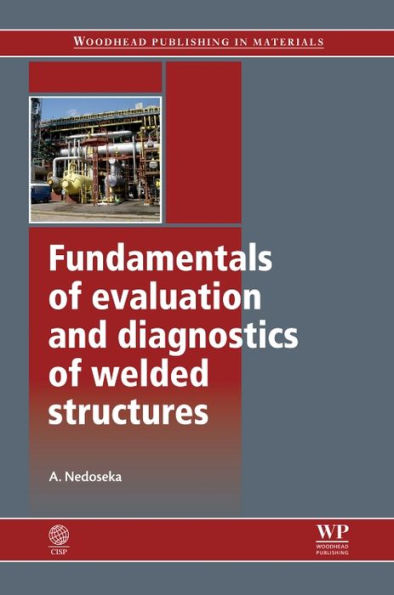Table of Contents
Editor's foreword
Introduction
Chapter 1: The temperature field in welding
1 General
2 Brief information on the theory of integral transformations
3 Thermal conductivity equation
4 Examples of temperature field calculation in welding
5 Continuous and moving heat sources
6 Dependence of temperature fields in welding on some of the process features
Chapter 2: Welding stresses and strains
1 Thermophysical and mechanical properties of materials
2 Welding stresses and strains at concentrated heating
3 Residual stresses in butt welding and patches welding-in
4 Integral transformations and numerical methods for solving temperature problems
5 Welding stresses and strains in a three-axial stress state
6 Principal estimated dependences used in measurement of thermophysical and mechanical quantities
7 Measurement of residual stresses and strains
8 Measurement errors
Chapter 3: Load-carrying capacity of welded structures
1 Peculiarities of calculation of strength of welded joints containing different defects, under different external conditions and using different loading methods
2 Elements of fracture mechanics
3 Pre-fracture state and fracture of welded joints and materials
4 Elements of quantum fracture mechanics
5 Bending of round plate with residual stresses
6 Method of fictitious forces to solve problems of stability of plates containing welds
7 Variation and energy methods used in problems of stability of plates
8 Welding strains and distortions
Chapter 4: Diagnostics and prediction of the residual life of welded structures
1 General problems of technical diagnostics
2 Strength prediction methods
3 Diagnostics and residual life of structures
4 Estimation of life of structure materials by the acoustic emission method
Chapter 5: Acoustic emission techniques for the analysis of welded structures
1 The essence of acoustic emission
2 Theoretical issues of acoustic emission
3 Acoustic emission equipment
4 Application of acoustic emission
Chapter 6: Supplementary sections: Numerical techniques and tests for welded structures
1 Method for mathematical processing of test results
3 Basic statistical characteristics of dependences of parameters of the investigated processes
4 Method for processing measurement results in finding the random quantities distribution law
5 Method for determination of theoretical dependences
2 Estimation of errors of numerical calculations
3 Empirical formulas
2 Selection of empirical formulas
3 Formulas and plots for some approximate dependences (Fig. 6.5)4
4 Mechanical and technological tests of materials
5 Stressed state of pressure vessels
6 Stress concentration
Appendices: Properties and formulae for the evaluation of welded structures
Recommended literature
Main symbols and abbreviations
Index
Colour Plates



